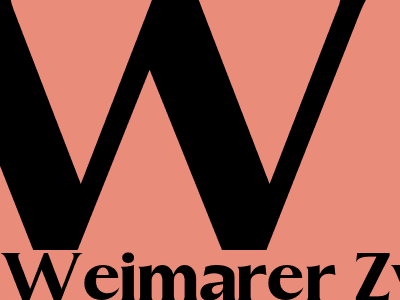Weimarer Zwiebelmarkt: A Century-Old Market with a Unique Charm
A Burst of Color and Tradition in the Heart of Germany
Nestled in the heart of Germany, the Weimarer Zwiebelmarkt is an annual event that has been captivating visitors for over a century. This vibrant market, renowned for its colorful displays of onions and traditional crafts, offers a glimpse into the rich cultural heritage of Weimar and Thuringia.
A Centuries-Old Tradition Rooted in History
The Origins of the Onion Market
The Zwiebelmarkt traces its roots back to the 16th century when Weimar was granted the privilege to hold a yearly market to sell onions. These markets were initially held in October, and the sale of onions was a vital part of the local economy. Over time, the market evolved into a grander event that showcased not only onions but also a wide variety of goods and crafts.
From Humble Beginnings to Grand Festivities
In the 19th century, the Zwiebelmarkt began to take shape as the cultural extravaganza it is today. Under the patronage of Grand Duchess Maria Pavlovna, the market expanded to include performances by musicians and jugglers, as well as the sale of traditional crafts. By the beginning of the 20th century, the Zwiebelmarkt had become a renowned event, attracting visitors from far and wide.
A Kaleidoscope of Colors and Scents
A Feast for the Senses
One of the most striking features of the Weimarer Zwiebelmarkt is its vibrant display of onions. Bunched together in intricate braids and garlands, these onions create a breathtaking spectacle of color and aroma. Visitors can also indulge in a variety of onion-based culinary delights, from savory Zwiebelkuchen (onion pie) to sweet Zwiebelmarmelade (onion jam).
Traditional Crafts and Thuringian Delicacies
Beyond the onions, the Zwiebelmarkt showcases a vast array of traditional crafts. Artisans from across Thuringia gather to display their handmade wares, including pottery, woodwork, and textiles. Visitors can also savor local delicacies such as Thüringer Rostbratwurst (grilled Thuringian sausage) and Baumkuchen (tree cake).
A Cultural Tapestry Woven Through Time
Celebrating Weimar's Literary Legacy
The Weimarer Zwiebelmarkt is not only a celebration of commerce and tradition but also a tribute to Weimar's rich literary heritage. The city has been home to renowned writers such as Johann Wolfgang von Goethe, Friedrich Schiller, and Friedrich Nietzsche. During the Zwiebelmarkt, visitors can attend literary readings, exhibitions, and workshops that delve into the works and lives of these literary giants.
A Vibrant Showcase of Thuringian Folk Traditions
The Zwiebelmarkt is an embodiment of Thuringian folk traditions. Visitors can witness traditional dance performances, folk music concerts, and parades that showcase the vibrant culture of this German state. The market also provides an opportunity to learn about the region's history, folklore, and customs.
Essential Information
Dates and Location
The Weimarer Zwiebelmarkt typically takes place in October each year. It is held in the heart of Weimar,を中心で開催され、 within the historic city center and market square.
Getting There
Weimar is easily accessible by train and car. The city has excellent connections to major German cities such as Berlin, Frankfurt, and Munich.
Accommodation and Dining
Weimar offers a range of accommodation options, from budget-friendly guesthouses to luxurious hotels. Visitors can also choose from a wide variety of restaurants and cafes that cater to all tastes and budgets.
Experience the Magic of the Zwiebelmarkt
The Weimarer Zwiebelmarkt is an unforgettable experience that combines history, culture, and tradition in a vibrant and colorful setting. Whether you are a seasoned traveler or a first-time visitor, this enchanting market offers an immersive glimpse into the heart of Germany.

Komentar